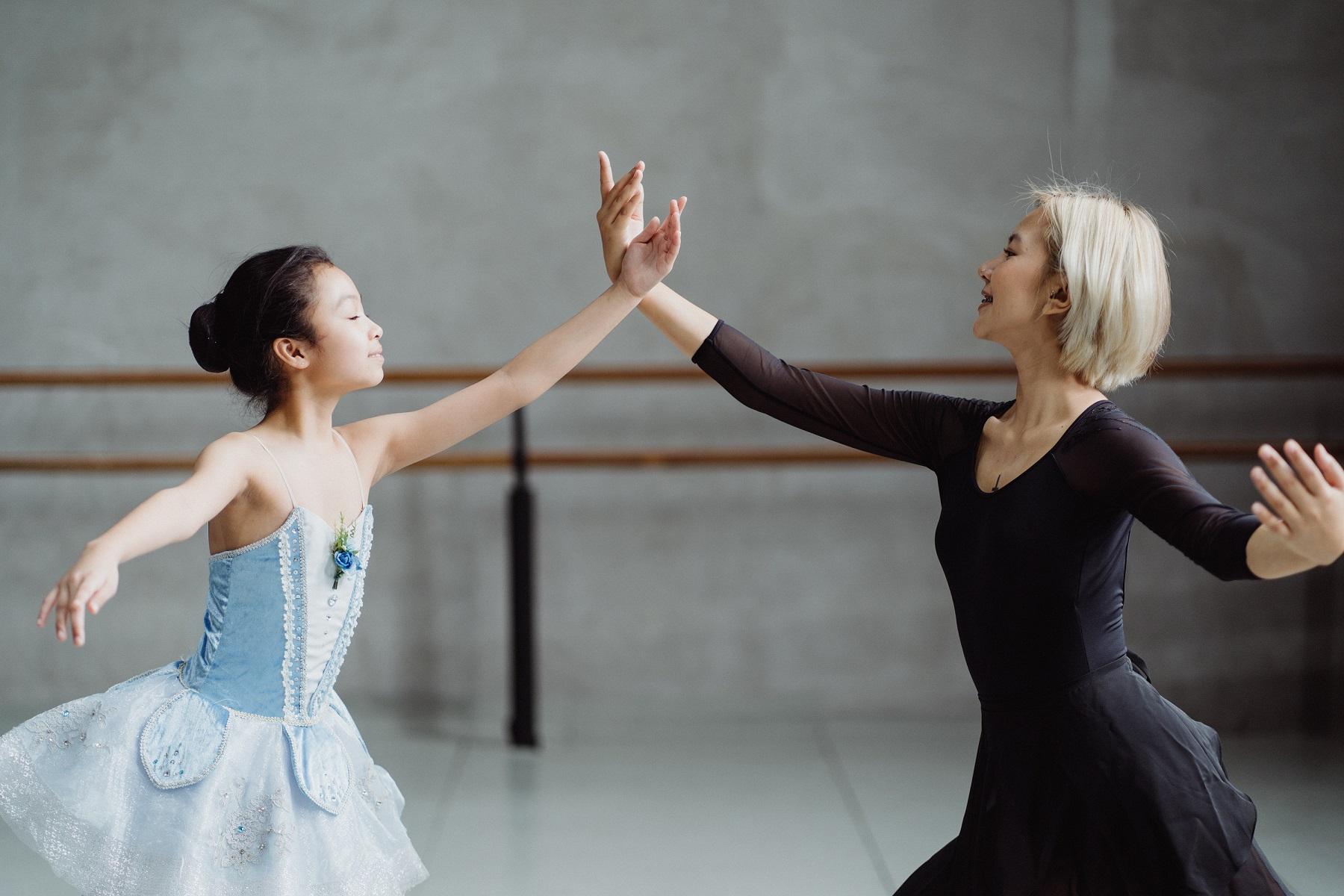


What is the Difference Between Ballet and Dance?
20 January 2023
People have been dancing since time began. Ballet is a formal type of dance developed for storytelling in the theatre. It began around 1500 in Renaissance Italy and developed into a sophisticated technique in France and Russia. It became an art form for the entertainment of aristocrats. Ballet continues to be for theatrical performance, usually involving storytelling with costumes and scenery. Abstract ballet also exists.
What is Ballet?
In ballet the movement is upwards defying gravity towards the heavens and romantic. The quality of lightness is sought. Classical ballet uses mime for storytelling. Certain gestures have specific meanings for example fingers tracing tears down the face. In ballet every movement is very precise and has a name in French. Choreographers combine these movements in different ways. It takes years to build up the technique and strength for ballet, especially for women on pointe.
What is Modern Dance?
Modern dance started in the 20th century as a reaction to ballet which it found restrictive. It sought more freedom in the techniques, for instance using gravity and connecting with the floor not just staying on their feet. The moves are weighted while ballet floats. It is not usually on pointe and is more likely to be abstract. Modern dance uses the back and centre of the body for expression whereas this is usually stable in ballet. The lines created are different. Feet and hands may be flexed. The music will be modern.
Other Genres of Dance
Contemporary dance began around 1980. It uses techniques to promote a healthy body and mind. The terms Modern and Contemporary are often used interchangeably.
Other genres of dance for example jazz, folk, Hip hop and street dance. Ballroom and Latin owe moves to ballet and most dancers have some ballet experience. The techniques of jumps, leaps, turns and bends can be adapted.
Jazz is a high-energy dance with lots of fast turns and high leaps. It encourages improvisation and freedom of expression having developed with jazz music in America in the 1920s. It has both African and European roots but is livelier than ballet.
Folk dances are developed by people of a region or country reflecting the life of the people. They are often used to signify a culture. They are traditionally handed down at social gatherings. Folk dances were adapted for court dancing in the 15th and 16th centuries and ballet developed for performance from court dancing.
Hip Hop and street dancing are about attitude. They are innovative, designed to impress a gathering of friends in a club or a crowd on the street.
Ballroom has a competitive aspect whereas ballet is all about the art. Ballroom focuses on the individual in classes while ballet teaches the group. Many ballroom dancers have ballet training.
Latin is fast-paced and fun with hip-based movements.
Ballet tends to be confined to the theatre. Pointe moves require special flooring and couple work must be preplanned so does not lend itself to improvisation.
Ballet training is hugely beneficial to all other dance forms. It can provide a foundation of strength, flexibility and technique as well as a huge vocabulary of moves that can be adapted.
